What You Need to Know
Heat pumps are becoming an increasingly popular solution for both heating and cooling homes due to their energy efficiency and environmental benefits. Unlike traditional HVAC systems that rely on burning fuel, heat pumps transfer heat between indoor and outdoor environments, offering a more sustainable approach to temperature control. With rising energy costs and growing concerns over carbon emissions, more homeowners are turning to heat pumps as a way to save money and reduce their environmental footprint. Whether you’re installing one in a new home or upgrading an older system, understanding the basics of heat pump installation is crucial for making the right choices.
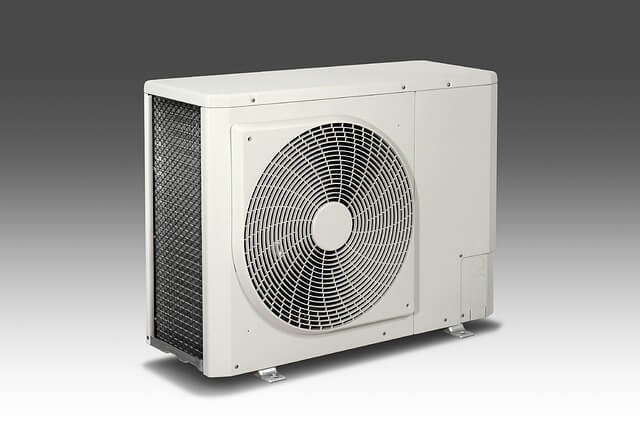
Types of Heat Pumps
Before starting the installation process, it’s important to know that there are different types of heat pumps, each suitable for varying climates and home setups. The most common types are air-source, ground-source (geothermal), and water-source heat pumps, experts from Aeon Energy explain. Air-source heat pumps, which extract heat from the air, are the most widely used because they are relatively easy to install and more affordable. Ground-source heat pumps, on the other hand, are more efficient but involve a more complex and expensive installation, as they draw heat from the ground. Water-source heat pumps, while less common, can be ideal for properties near large water bodies. Choosing the right type of heat pump depends on factors like local climate, property size, and budget.
Sizing Your Heat Pump
The size of the heat pump you need is one of the most critical decisions in the installation process. A system that’s too small will struggle to maintain a comfortable temperature, leading to higher energy use and wear and tear on the system. Conversely, an oversized system can result in short cycling, where the pump turns on and off frequently, reducing its efficiency and lifespan. To determine the correct size, a professional installer will perform a load calculation, which considers factors like your home’s square footage, insulation levels, and the local climate. It’s essential to get this step right to ensure optimal performance and efficiency from your heat pump.
Choosing the Right Location for Installation
The location of your heat pump affects its efficiency and longevity. Outdoor units, in particular, need to be placed in a spot with adequate airflow and minimal exposure to extreme weather conditions. Avoid placing the unit near bushes, trees, or fences that can block airflow or accumulate debris. Additionally, the noise produced by the pump should be considered, especially if the unit is installed near windows or bedrooms. For indoor components, it’s important to ensure easy access for maintenance. A professional installer will assess your home and recommend the best placement to maximize efficiency while keeping operational noise to a minimum.
Understanding the Installation Process
Heat pump installation involves several key steps, and while some homeowners may be tempted to try a DIY approach, it’s typically best left to professionals. First, the installation team will secure the outdoor unit on a concrete pad or wall bracket, ensuring it is level and properly anchored. Next, the indoor unit, or air handler, will be installed in a location that optimizes airflow. The two units will be connected by refrigerant lines and electrical wiring. After installation, the system is charged with refrigerant and tested to ensure everything is functioning properly. This process typically takes one to two days, depending on the complexity of the system.
Maintenance and Efficiency Tips
Once your heat pump is installed, regular maintenance is key to keeping it running efficiently. Simple tasks like changing air filters every few months can significantly improve the system’s performance and longevity. Additionally, keep the outdoor unit free of debris, such as leaves and dirt, and schedule annual professional inspections to ensure everything is in working order. Efficient use of the heat pump is also important; avoid setting extreme temperatures, as this can cause the system to work harder than necessary. Using a programmable thermostat can help regulate indoor temperatures and reduce energy consumption.
Costs and Potential Savings
The initial cost of installing a heat pump can vary depending on the type of system and the complexity of the installation. Air-source heat pumps are generally less expensive, ranging from $3,000 to $8,000, including installation. Ground-source heat pumps can cost anywhere from $10,000 to $30,000 due to the need for excavation. However, despite the upfront investment, heat pumps offer long-term savings by lowering energy bills and reducing the need for maintenance compared to traditional HVAC systems. In addition, many regions offer rebates or tax incentives for installing energy-efficient heat pumps, which can help offset the initial costs.
Environmental Impact and Sustainability
Heat pumps are an environmentally friendly option for heating and cooling your home. By transferring heat instead of burning fuel, they emit fewer greenhouse gases than conventional systems like furnaces or boilers. This makes them a key component in reducing a home’s carbon footprint. Furthermore, as renewable energy sources like wind and solar power become more prevalent, the electricity used to run heat pumps can increasingly come from sustainable sources, further enhancing their eco-friendliness. For homeowners looking to lower their environmental impact, installing a heat pump is a significant step in the right direction.
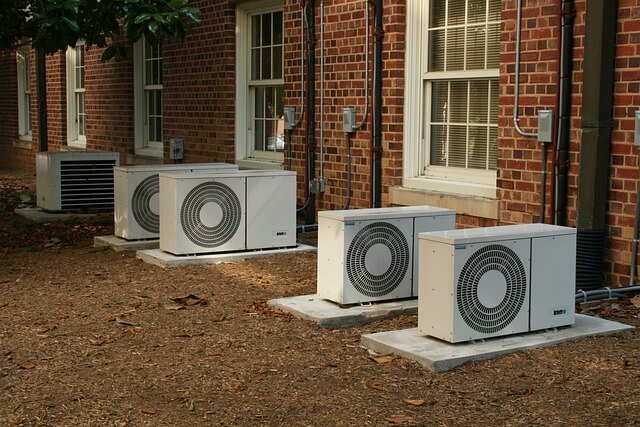
Installing a heat pump can be a smart investment for both your home and the environment. They offer energy efficiency, long-term savings, and a more sustainable way to heat and cool your living space. However, it’s essential to choose the right type, size, and installation location to ensure optimal performance. Consulting with a professional installer can help guide you through the process and ensure your heat pump operates effectively for years to come. By considering your home’s specific needs and budget, you can make an informed decision that will benefit you and the planet in the long run.
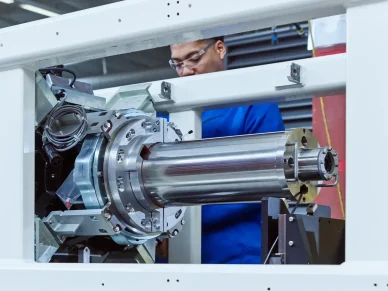
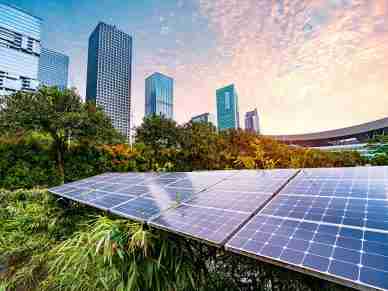




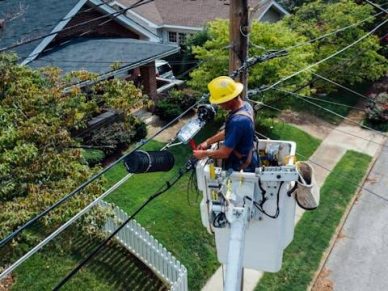
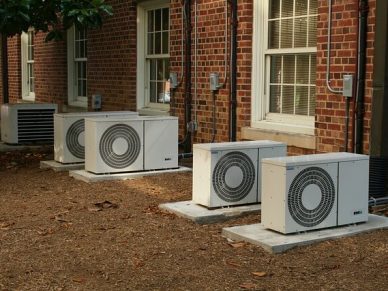

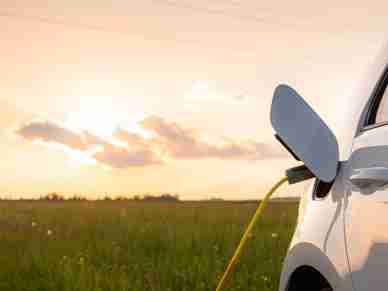
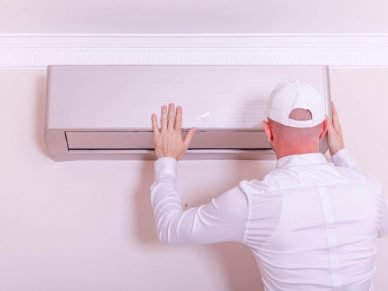





Leave a Reply